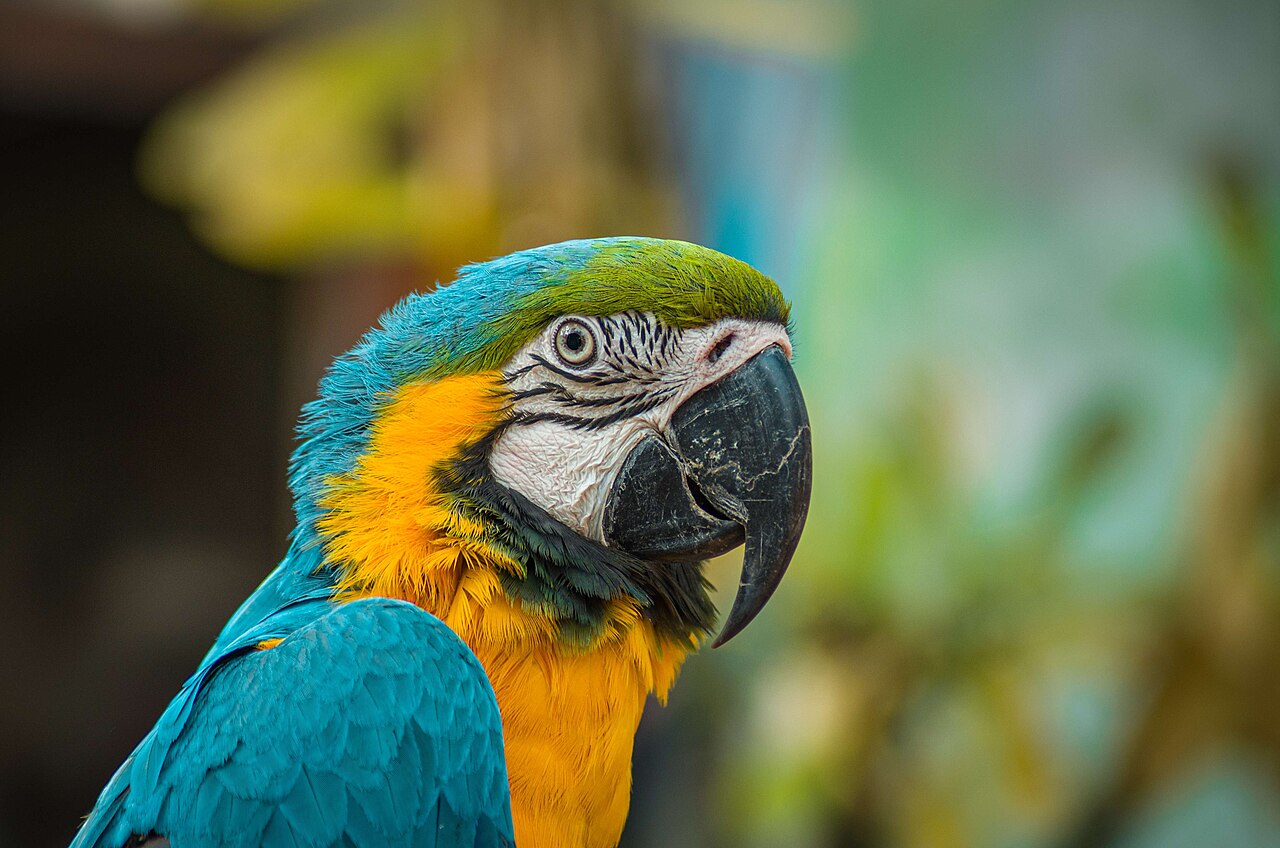
28 July 2025
Parrots possess highly specialized senses, allowing them to perceive their environment in ways remarkably different from our own.
Vision is paramount for parrots. Unlike humans, who are trichromatic (possessing three types of cone cells for color detection), parrots are tetrachromatic, meaning their eyes have four types of cone cells. This allows them to detect light wavelengths across four dimensions, enabling them to perceive a spectrum of colors vastly richer than what humans see. This includes the ability to detect ultraviolet (UV) light, which is completely invisible to the human eye. UV vision is crucial for parrots, as many of their feathers display patterns that fluoresce or reflect UV light, serving important roles in courtship and social signaling that humans cannot observe. While parrots can notice things faster than humans, their depth perception is generally poorer, which is why they often cock their heads to get a better visual angle.
Their auditory system is equally impressive. Parrots exhibit excellent hearing and are notably better than humans at distinguishing absolute pitches across a given frequency range. This acute hearing is essential for their complex vocal communication, which includes a repertoire of distinct calls conveying various meanings, such as alarm calls, contact calls for social coordination, and signals for mate bonding. Many parrots are skilled vocal learners, capable of imitating sounds from other individuals or even other species. This ability is a powerful way for them to integrate into their social group or flock, including their human companions.
Beyond sight and sound, a parrot's fleshy, muscular tongue plays a vital role in manipulating food. For nectar-eating species, the tongue's tip features brush-like organs for efficiently harvesting pollen. Although parrots have fewer taste buds than humans, their tongue also contributes to their ability to manipulate sounds during speech.